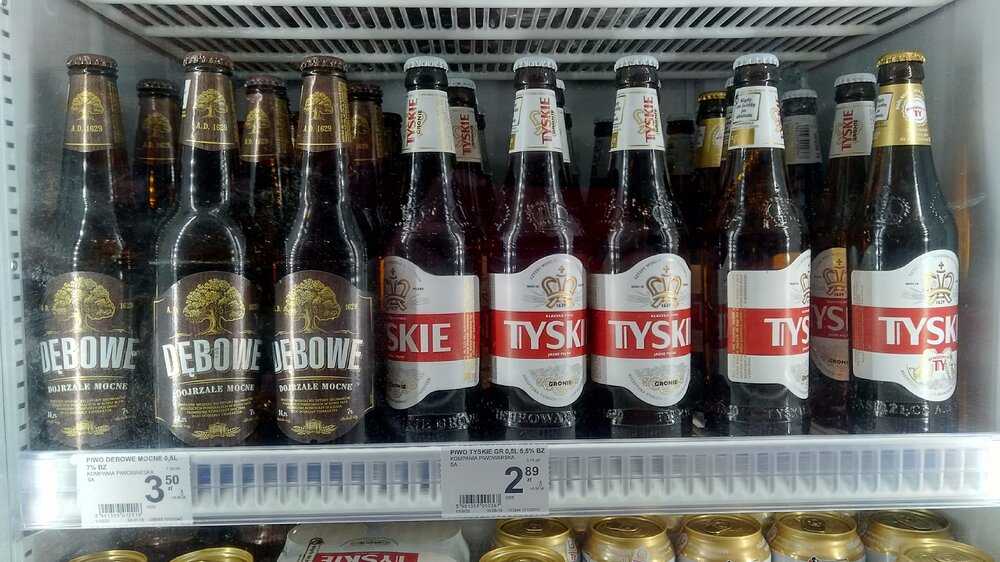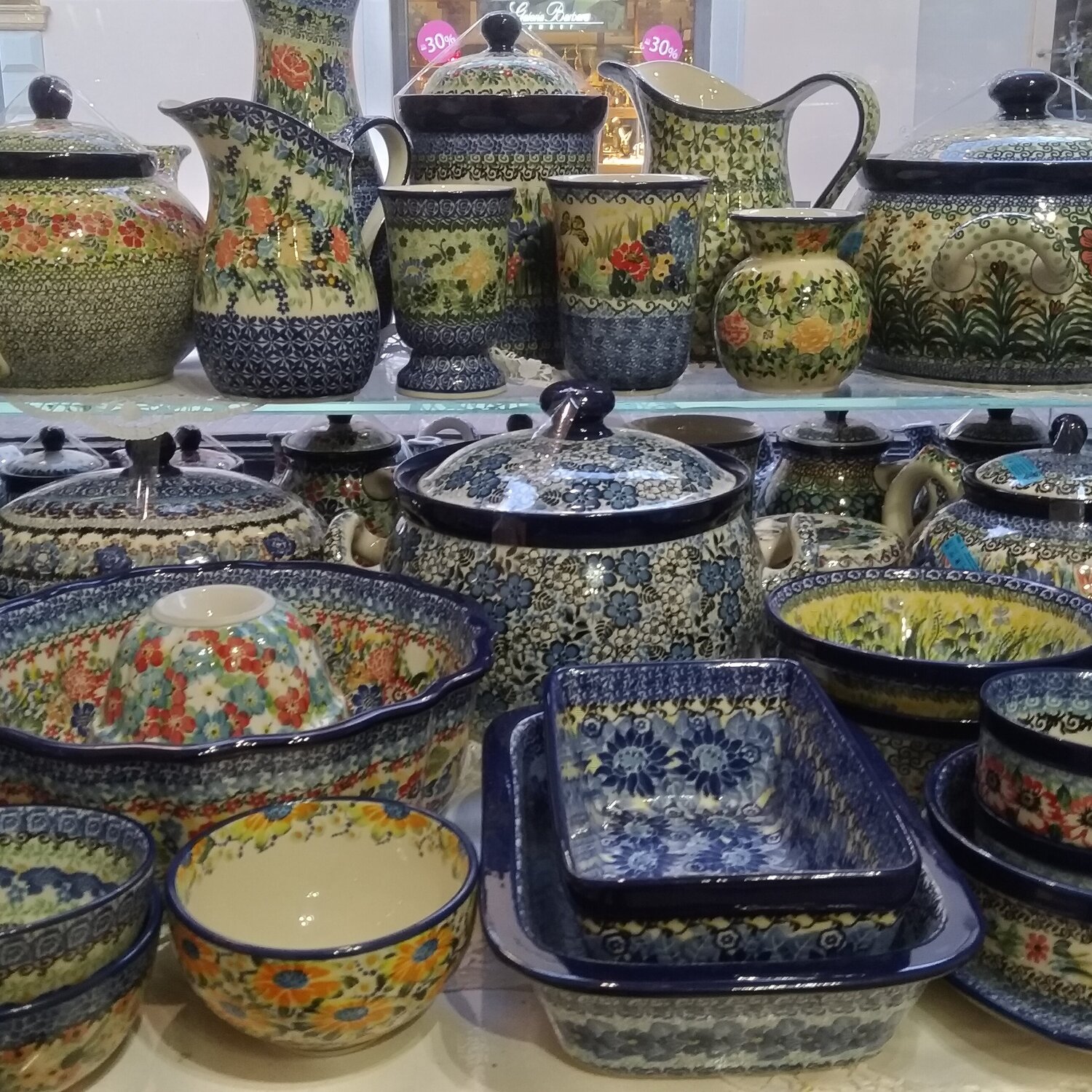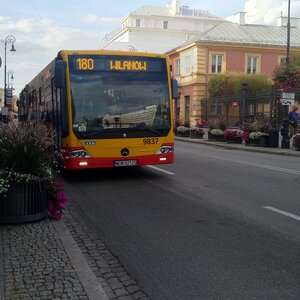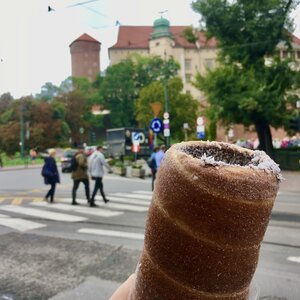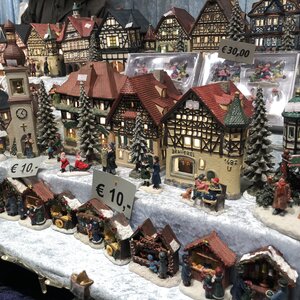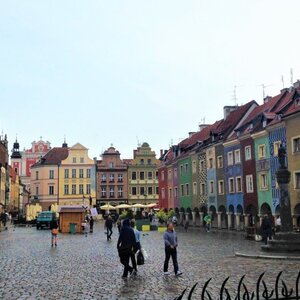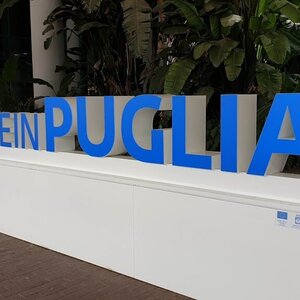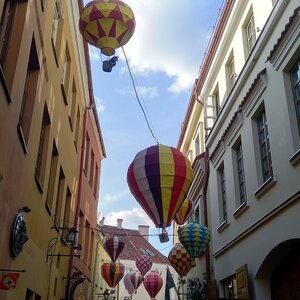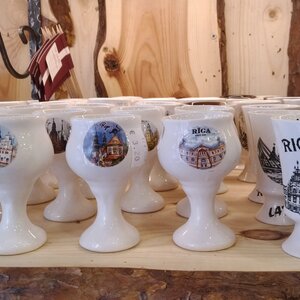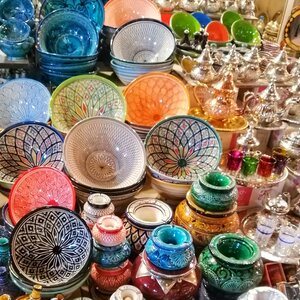Clothes from Poland
Polish mass-market clothing brands: Reserved, Mohito, Sinsay, House, Cropp are familiar to many people: these brands are also sold in Russia, but in Warsaw the assortment is larger and the price is about 10% lower.
The designs are created by graduates of the Fashion Department of the Warsaw Academy of Fine Arts and talented fashion designers. In Warsaw, the YPDF boutique offers the brands Dream Nation, Kaaskas, Local Heroes (their client is Justin Bieber), Joanna Wawrzyńczak and Julia Kaleta.
Even the T-shirts from the souvenir shops on the Market Square have a national flavor. These are not banal items with boring inscriptions «I love Warsaw». The inscriptions and drawings play on unusual ideas, Polish words, symbols of the 60-80s, movies, cartoons (e.g. Bolek and Lelek).
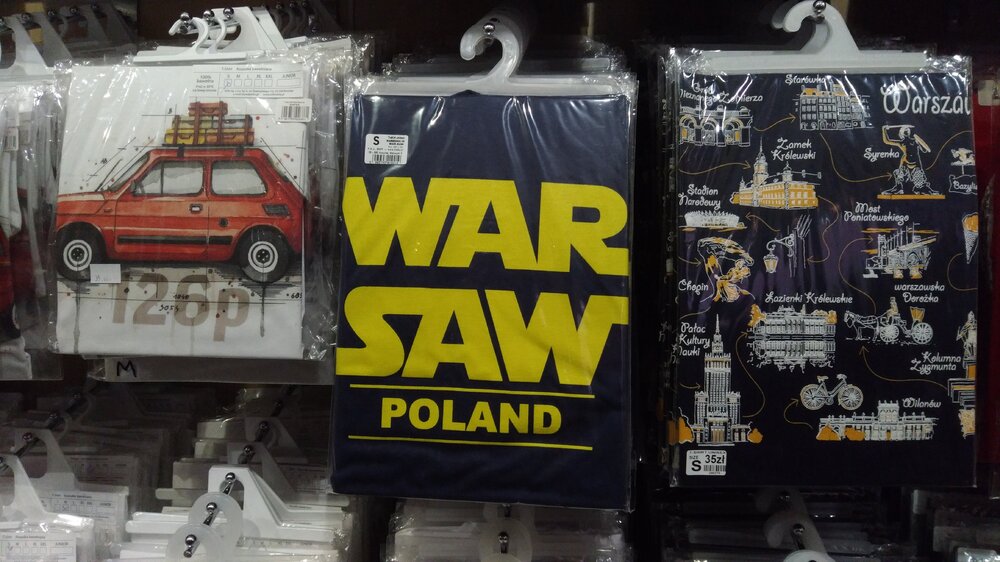
Famous Polish cosmetics
Polish cosmetics for a Russian woman are not just jars, but a whole history. In Soviet times, cosmetics from Poland were considered the best in the Union. If from Riga they brought clothes or chocolate, and from Lithuania amber and cheese, then from Warsaw they brought cosmetics: creams, powder, lipstick, toilet water. And also pantyhose.
Polish cosmetics brands Inglot and Eveline are well-known in Russia. Super-Pharm and Rossmann offer Bielenda and Ziaja — these are budget care products.
Polish cosmetic brands focus on natural composition, hypoallergenic properties and moisturizing. Nowadays, this is the «minimum program» for any brand, and the Polish company Miraculum came to this in 1920. The brand produces products for men and women, anti-age cosmetics and our parents' favorite perfume «Pani Walewska».
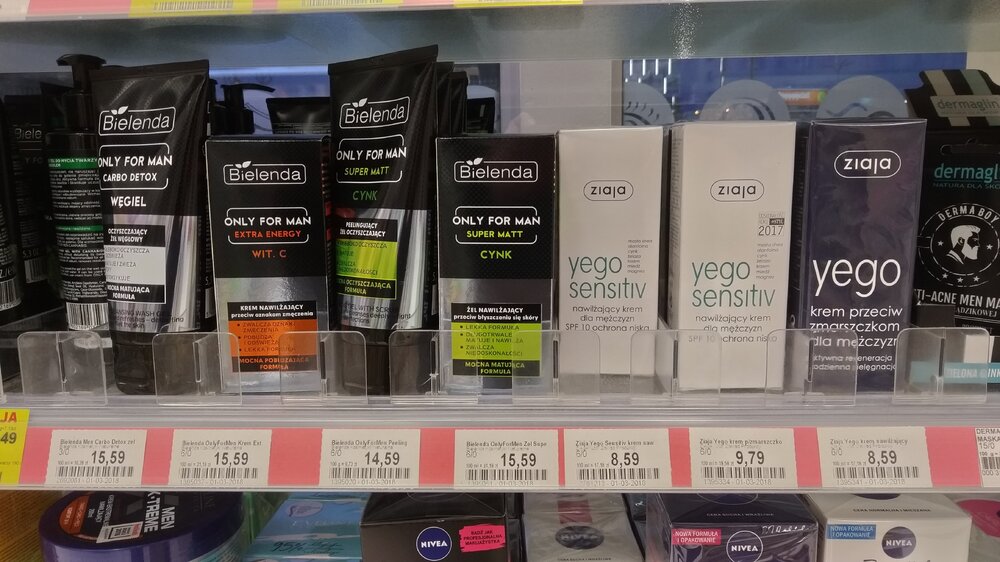
Boleslav ceramics
The town of Bolesławiec in western Poland is famous for the fact that M. I. Kutuzov died here and for being the main center for the production of Polish ceramics. The town was built on the banks of the Bobr River, where pottery clay deposits were found. In the XVII century a ceramics manufactory was opened here, and in the XIX century there were already 15 factories.
Until the end of the 19th century, Polish pottery was nothing special: they were simple pots with a plain brown glaze. Then colored glaze appeared, and with it came beautiful tableware and souvenirs. Ornamentation and patterns were applied by hand with a stamp, so each product is unique. Collectors nowadays are ready to give a lot of money for antique bells.
A few facts about pottery from Boleslavets:
- Traditional patterns are peacock eye, small flowers and cones. Modern designers add new elements of decoration to them.
- The pattern is stamped or painted by hand with a brush. The more decoration, the higher the price. Handmade decoration is the most expensive.
- Tableware comes in two grades: #1 — the highest quality, #2 — products with barely noticeable defects (an air bubble or an extra dot in the pattern). The second grade is 30% cheaper.
The Boleslav ceramic tableware will not sit on a shelf and gather dust. It is durable, suitable for everyday use, can withstand 250C in the oven and microwave and is dishwasher safe.

Polish poster
Posters in Warsaw are more than just posters. In the 1940s, the «Polish Poster School» emerged. A community of talented authors created posters that combined the aesthetics of painting, subtle humor and the traditions of the country.
In the Palace of Culture and Science there is the Museum of Posters (Muzeum Plakatu) with a collection of 36 thousand Polish and 25 thousand foreign copies. About 500 exhibits survived the war. It is the first and only museum in the world dedicated to posters.
Modern posters and copies of those that won first place at international exhibitions are sold in the Market Square of the Old Town.
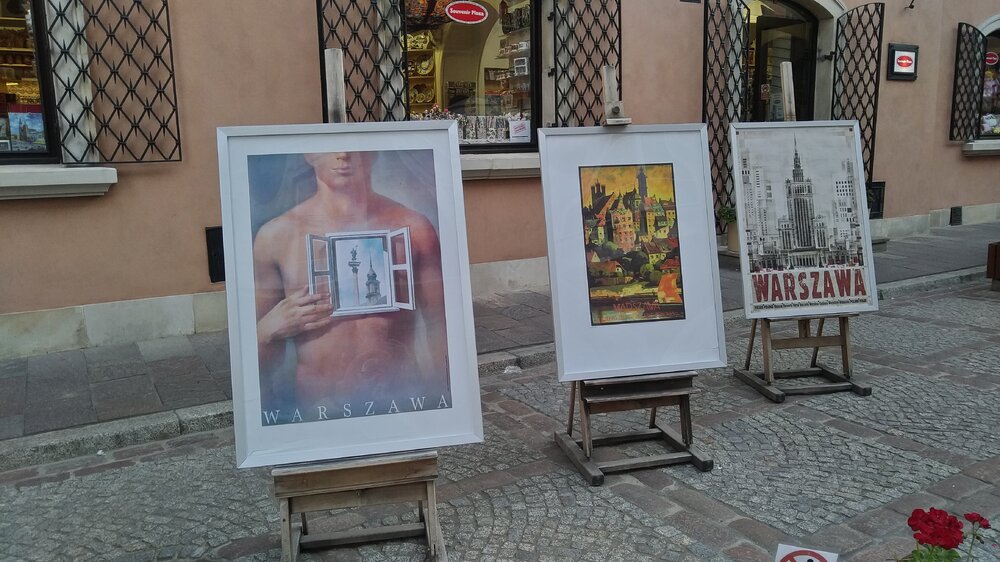
Polish amber
Poland’s fossilized resin has its own history. There were rich deposits of amber on the northeastern coast, from which craftsmen made rosary beads, rings and jewelry with silver, which were popular in the East.
The most famous work of Polish craftsmen is the legendary Amber Room. It is called the eighth wonder of the world. In the XVIII century, Gdańsk craftsmen decorated the room of the Berlin palace of Frederick I with amber, in 1716 the Prussian king presented it to Peter the Great, and after the Second World War it disappeared.
Raw material for Polish(and Lithuanian) jewelry is supplied from Kaliningrad: on Polish territory the stone lies deep and it is not profitable to get it, it is young and crumbles during processing. Why buy amber in Poland? Because of its unique and recognizable processing, which is not typical of other traditions.
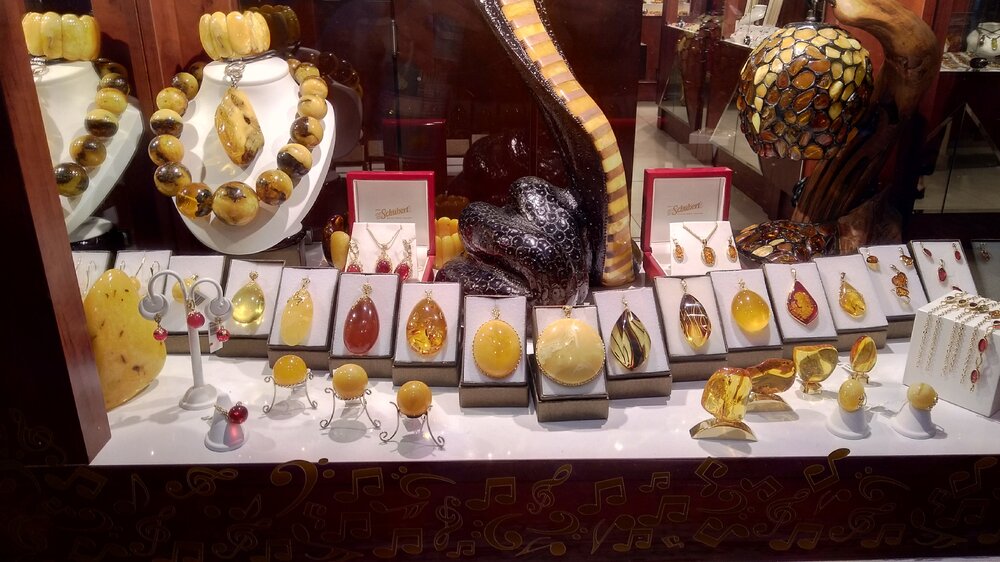
Souvenirs from Poland
From Warsaw you can bring back wooden figurines or magnets copying the famous buildings of the Market Square, stickers, patches, postcards, bells, scarves, beer mugs or key chains, felt bags. The concentration of gifts is at the Barbakan, Piwna and Zapiecek streets.
But the main symbol of Warsaw, like Copenhagen, is the mermaid. She is depicted on the city’s coat of arms, statuettes are sold in souvenir shops, and her monument stands in the Market Square of the Old Town. According to legend, the Warsaw mermaid and the mermaid from Copenhagen are sisters, they came to the Baltic Sea from the Atlantic. The Warsaw mermaid reached the Polish capital along the Vistula, she liked the city and decided to stay. She prevented the locals from fishing and freed the fish from the nets. When they tried to catch her, she would start singing and the enchanted fishermen would always let her go.
It went on like this until a greedy merchant caught the girl to capitalize on her voice. He locked her in a barn, and her cries were heard by the fisherman’s son, who freed the mermaid. In gratitude, she promised to defend the town — and so she is depicted with a sword and shield. According to one version, the fisherman’s name was Wars, the girl’s name was Sawa, they married, and from their names came the name of the town.
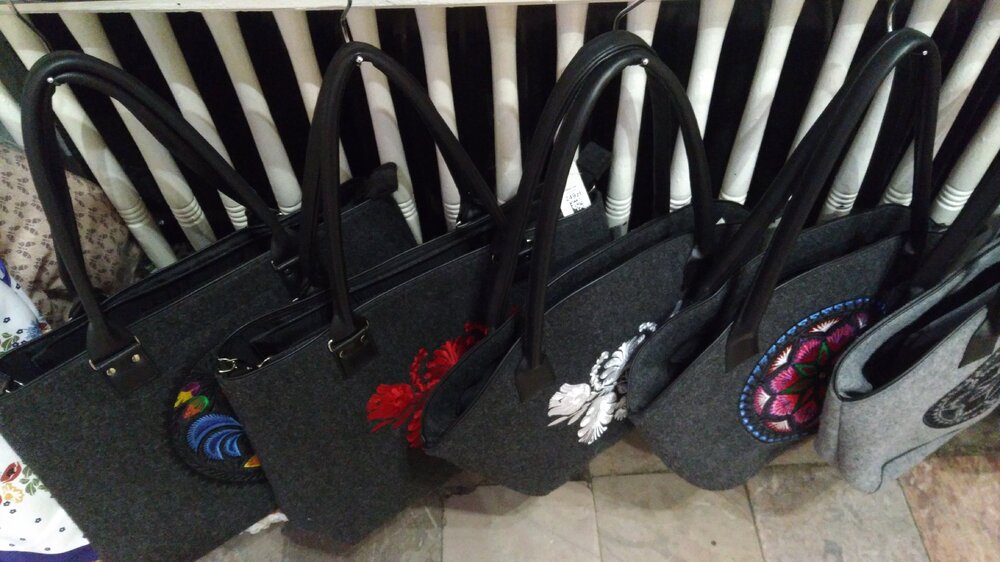
Edible souvenirs: Polish products
For those who prefer edible gifts instead of magnets and jewelry, you can bring traditional cheese, sausages and even national seasonings and soup bases from Poland.
Traditional Kabanos sausages in the 19th century were a hunting food, made from pork. To make the meat fattier and more nourishing, the animals were fed with potatoes. Nowadays they make a less caloric version — turkey kabanos.
Traditional oscepek cheese can be found in the market. It is a salty hard cheese made from sheep’s milk, small, with patterns on the surface. In Russia, cheese can be imported in factory packaging, but oscypek is sold without it in bazaars, so you should look for it in stores.
What about bringing back soup from your travels? Warsaw supermarkets sell seasonings or bases for traditional Polish soups: Kamis makes a base for zurek and seasoning for flak. You can try making the soup at home, there is a recipe on the back.

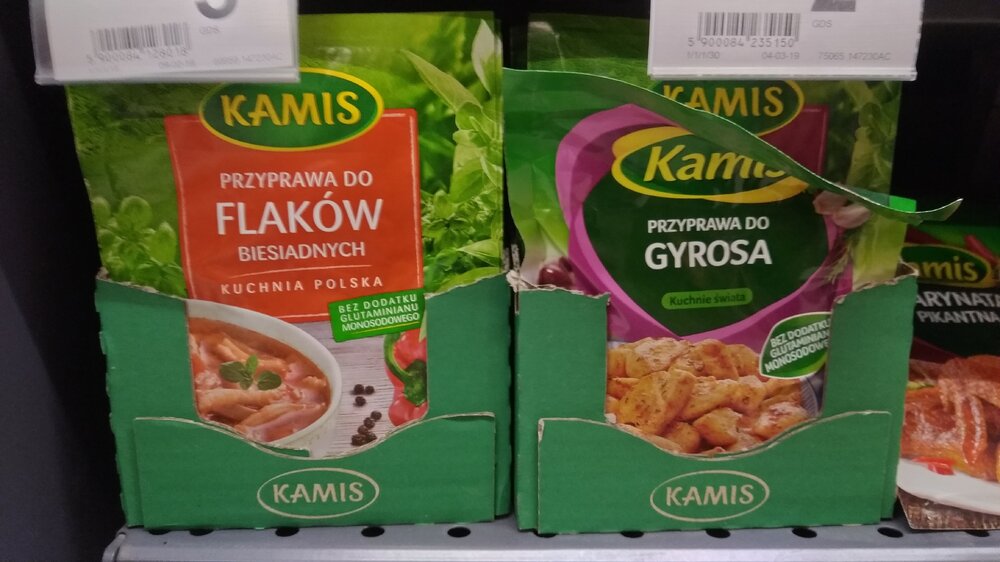
Polish sweets
Polish confectioners know a lot about sweets: here they invented the recipe for charlotte and Polish babka (in the future, the rum baba from Naples), Bird’s Milk,Wedel waffle cake, and Korovka candy. These are cult sweets, they were loved during the Soviet era and are still appreciated today.
Sweet gifts that you can buy in Warsaw:
- E.Wedel’s candy, waffle cakes and bird milk cakes;
- Prince Polo waffles and Princessa bar from the Goplana factory;
- «Cows» from Miljanuvec are handmade;
- «Butterscotch» by the Jutrzenka factory;
- The famous cookies from the 70s «Delicje Szampańskie»;
- Toruń gingerbread «Katarzynki».
In Warsaw near the Wedel chocolate factory (Jana Zamoyskiego, 36) there is a specialty cafe Chocolate Cafe E.Wedel. The menu includes desserts, sweets and hot chocolate.
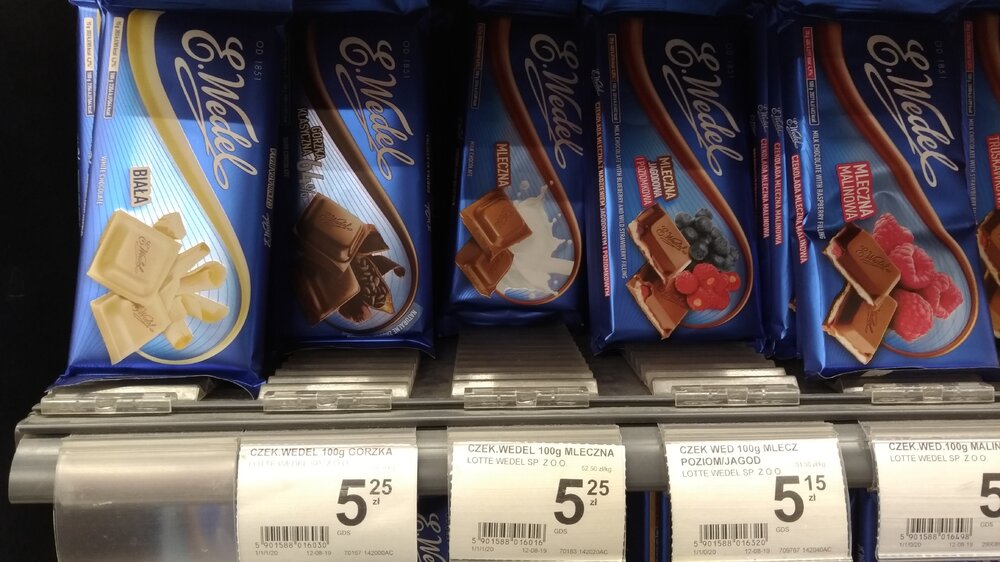
Polish alcohol
The national Polish alcoholic drink is vodka. Poland disputes with neighboring countries for the right to invent this drink. Mendeleev is considered to be the inventor, but «vodka» is a Polish word translated as «little water». In 1982, an arbitration court in The Hague assigned the vodka brand to Russia.
The oldest variant of Polish spirits is Soplica. It appeared in 1891 on the basis of ancient recipes, later variants with fruits, berries and nuts were added. Soplica is the most popular liquid souvenir brought back from Poland.
The Polish variant of vodka is Żubrówka. The drink is named after the herb that is part of it and grows only in Belovezhskaya Pushcha, so there is also a Belarusian version of the drink with the same name.
For those who prefer beer, locals recommend trying Zubr, Tyskie, Lech and Okocim.
